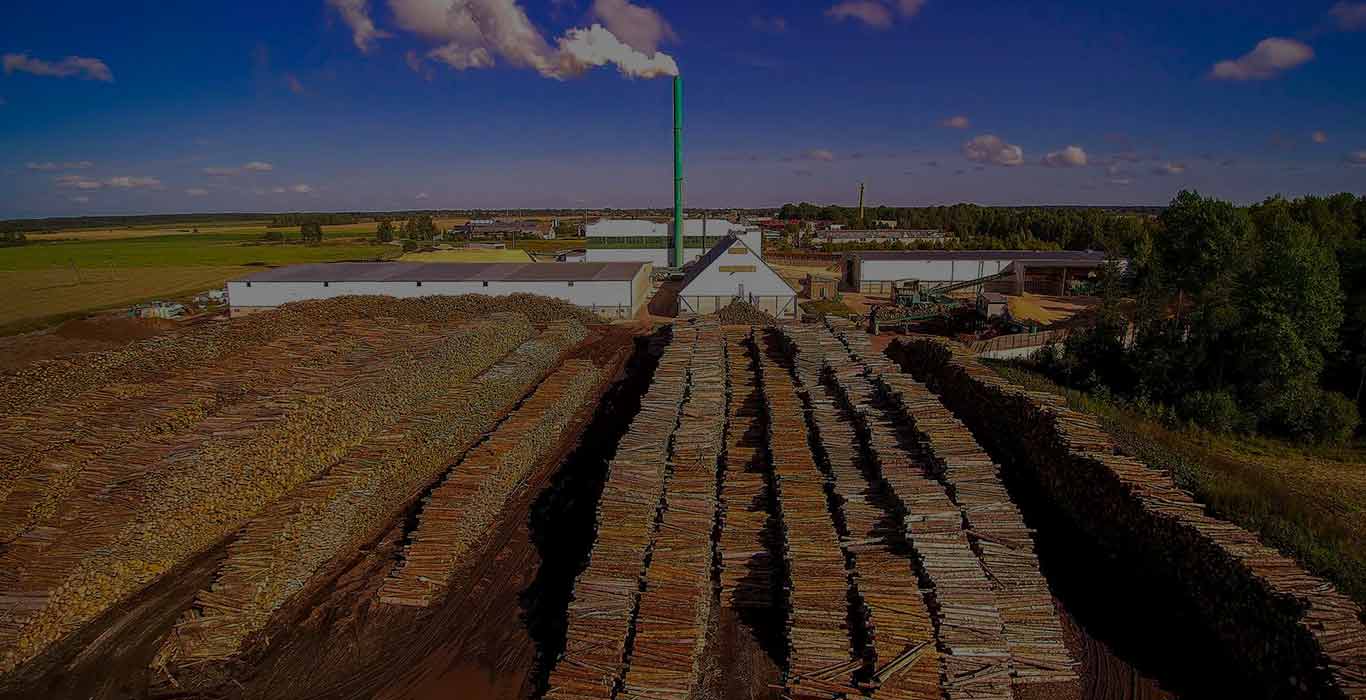Welcome To ChemAnalyst

North Dakota: The U.S. Department of Agriculture (USDA) reported that farmers aim to plant a record-breaking 2.17 million acres of Canola in 2023, an increase of more than two percent from the last year's planted area. With the exception of North Dakota, which is the state that produces the most Canola Oil, planted acreage is anticipated to decrease compared to last year in every state. Production of Canola Oil could climb by more than 4% to 3.9 billion pounds. However, last year's U.S. drought influenced winter Canola Oil plantings in Kansas and Oklahoma. The rise of the biofuels industry is anticipated to increase Canola Oil acres in the southern and south-eastern states of the United States.
On April 11, 2023, the Canola Oil sector reported a further increase in Canada's oil crush capacity. Additionally, it was disclosed that the producers plan to increase the crushing capacity at its Yorkton, Saskatchewan, facility by the end of 2025, bringing the crushing up to 1.9 million metric tonnes. This is the most recent of many Canola Oil crush capacities increases in North America that have been announced in recent years. As concerns about the recession and a sizable South American crop of other crops, particularly soybeans, continue to weigh on commodities, the announcement and World Agriculture Supply & Demand (WASDE) data did little to boost Canola Oil prices.
The most recent data from the U.S. Energy Information Administration revealed a bigger-than-expected increase in the usage of Canola Oil for biodiesel and renewable diesel. 241.9 million pounds of Canola Oil were used in January 2023, more than twice as much as was used in January 2022 and up 41% from the month before.
If the U.S. domestic market's use of Canola Oil for biofuels keeps growing at this rate, it will surpass the anticipated annual consumption by more than 69 percent. The ChemAnalyst database predicts that prices for Canola may change in the future months since market dynamics are still unpredictable.
We use cookies to deliver the best possible experience on our website. To learn more, visit our Privacy Policy. By continuing to use this site or by closing this box, you consent to our use of cookies. More info.
